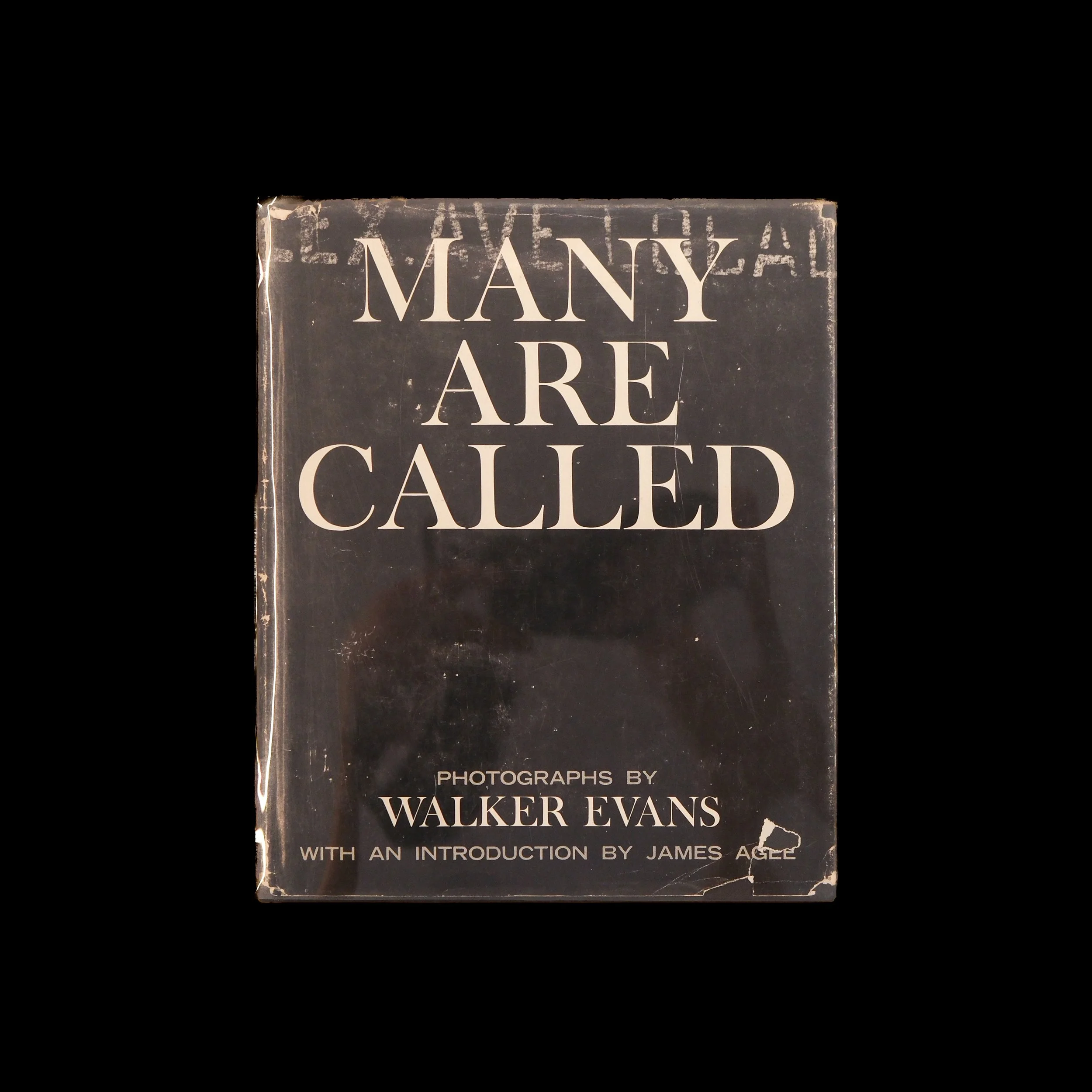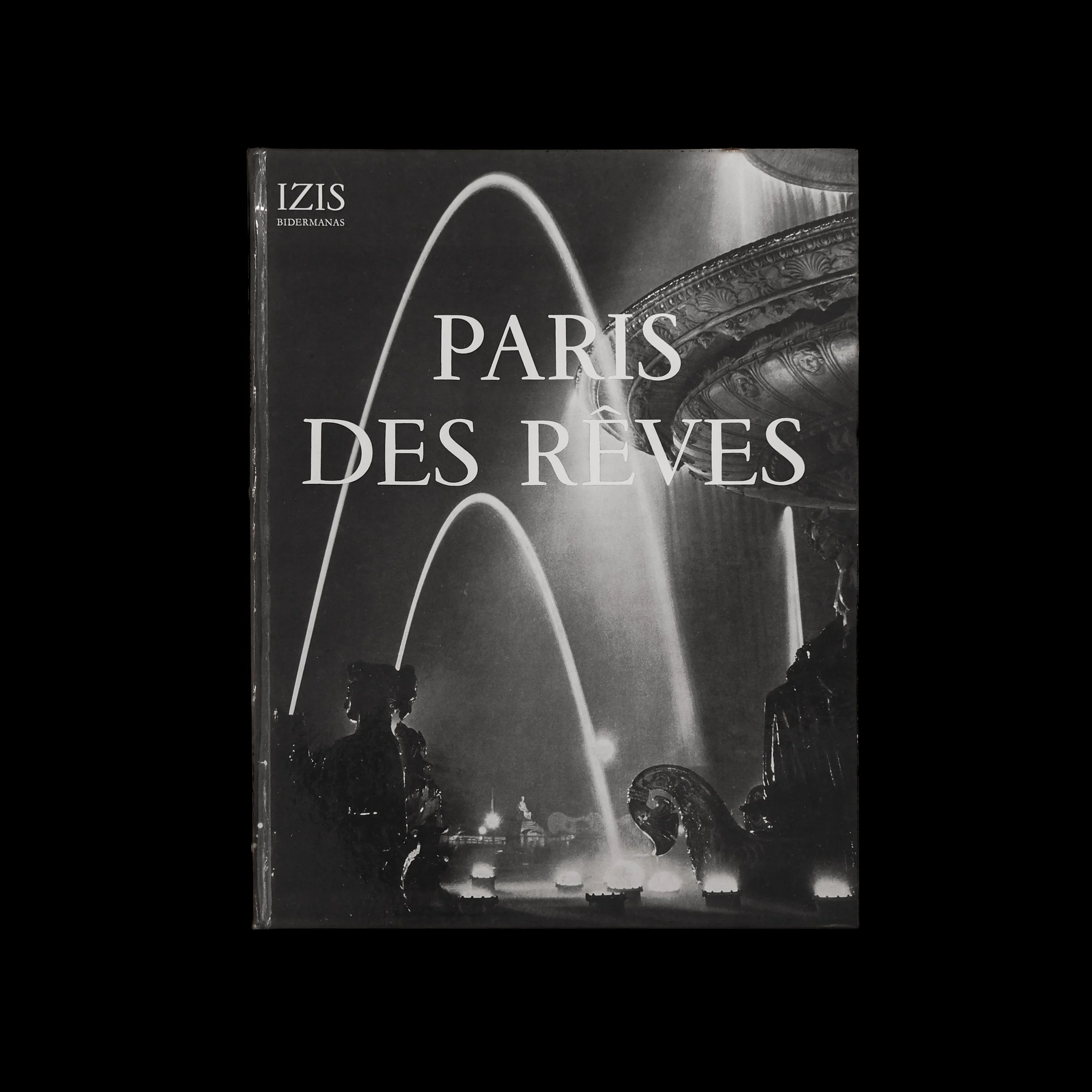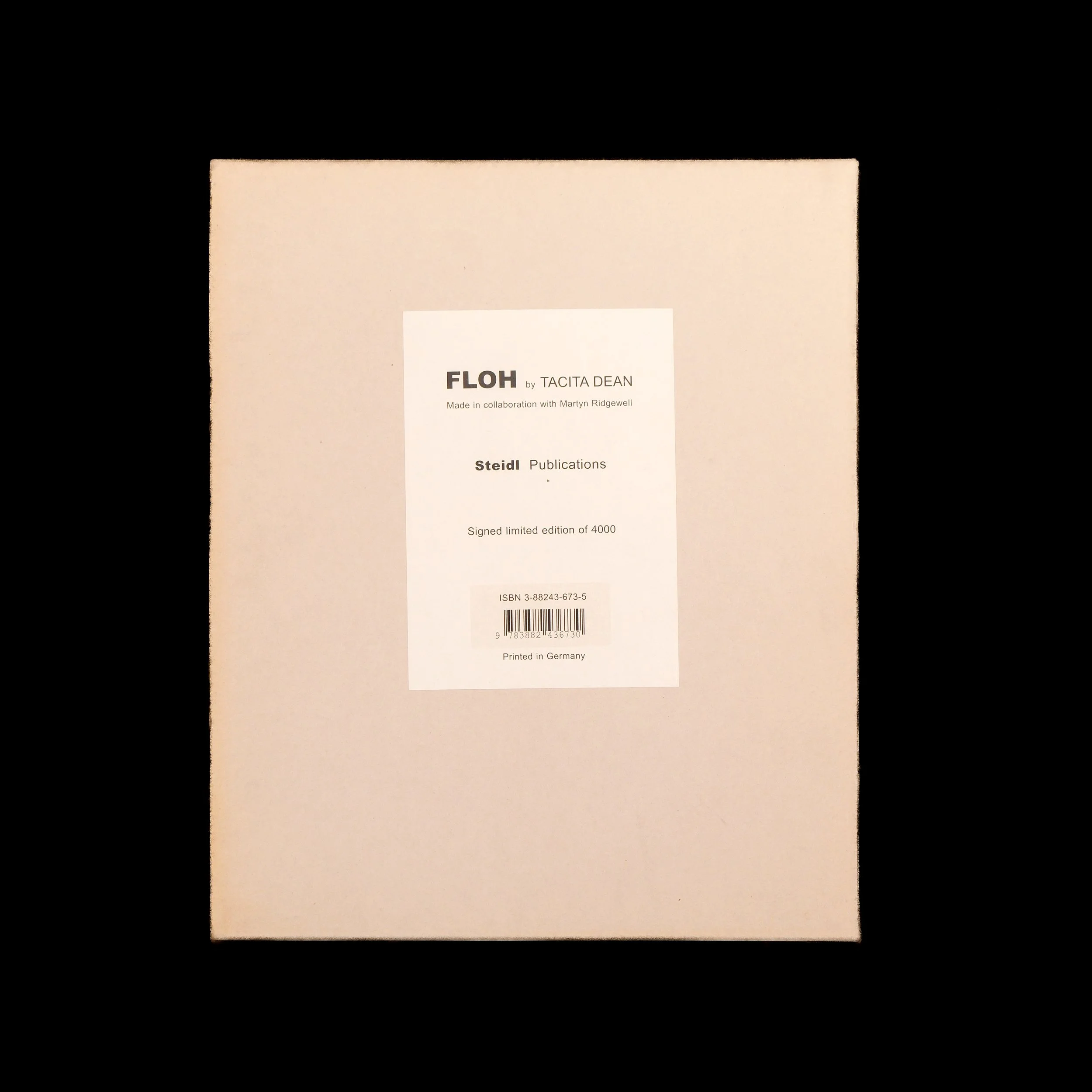 Image 1 of 1
Image 1 of 1


MANY ARE CALLED - Walker Evans, James Agee
FIRST EDITION of one of Evans' most celebrated works, with an introduction by James Agee and over 150 reproductions of Evans' photographs taken in the New York subway; preferred edition with cloth cover and dust jacket (published simultaneously in paperback edition).
In his subway series (taken between 1938 and the 1940s, but not published until 1966), Evans hid a Contax camera under his coat so he could photograph subway passengers without their knowledge... The results are remarkably vivid and sympathetic. The book is constructed like a series of film stills, each anonymous life flowing into the next. These travelers are largely devoid of ostensible signs of social class... united by the tedious task of digging underground like moles. And yet, on closer inspection, the tone of the book seems more positive. It's less about a population weary of the vicissitudes of urban life, and more about how people simply withdraw into themselves during the commute to and from work. Evans' subway passengers may be lost souls, but they are also souls lost in thought" (Parr/Badger, The Photobook, I.253). Roth 180; Hasselblad 218.
Published by Houghton Mifflin Company, 1966
178 pages
24.8 × 20.3 cm
FIRST EDITION of one of Evans' most celebrated works, with an introduction by James Agee and over 150 reproductions of Evans' photographs taken in the New York subway; preferred edition with cloth cover and dust jacket (published simultaneously in paperback edition).
In his subway series (taken between 1938 and the 1940s, but not published until 1966), Evans hid a Contax camera under his coat so he could photograph subway passengers without their knowledge... The results are remarkably vivid and sympathetic. The book is constructed like a series of film stills, each anonymous life flowing into the next. These travelers are largely devoid of ostensible signs of social class... united by the tedious task of digging underground like moles. And yet, on closer inspection, the tone of the book seems more positive. It's less about a population weary of the vicissitudes of urban life, and more about how people simply withdraw into themselves during the commute to and from work. Evans' subway passengers may be lost souls, but they are also souls lost in thought" (Parr/Badger, The Photobook, I.253). Roth 180; Hasselblad 218.
Published by Houghton Mifflin Company, 1966
178 pages
24.8 × 20.3 cm





